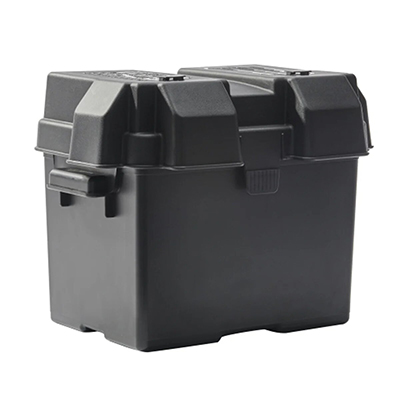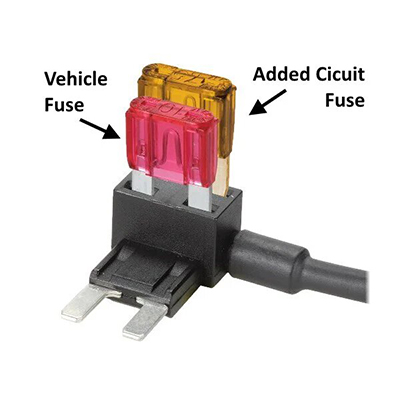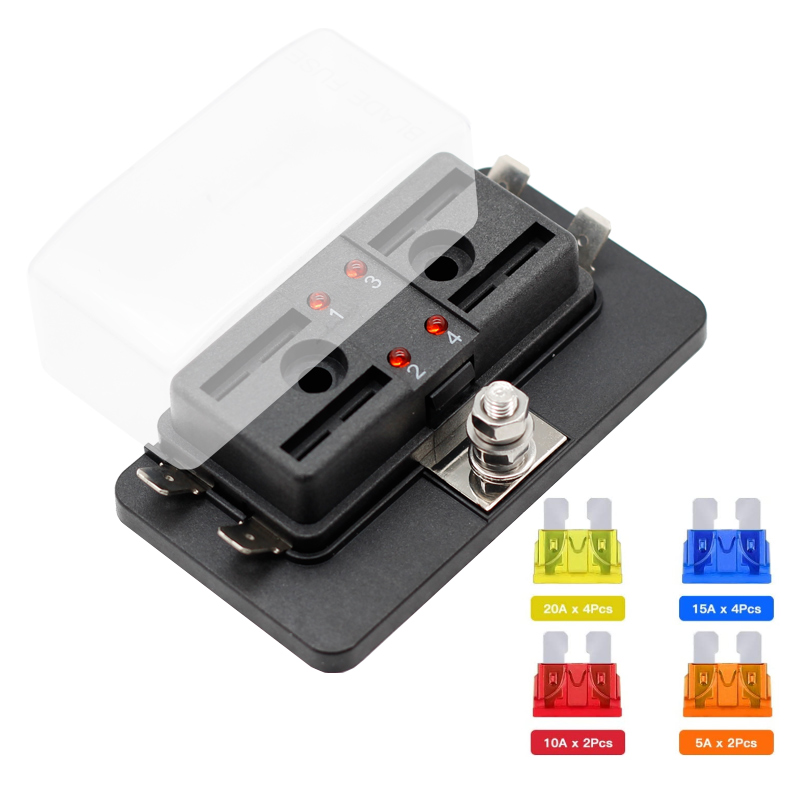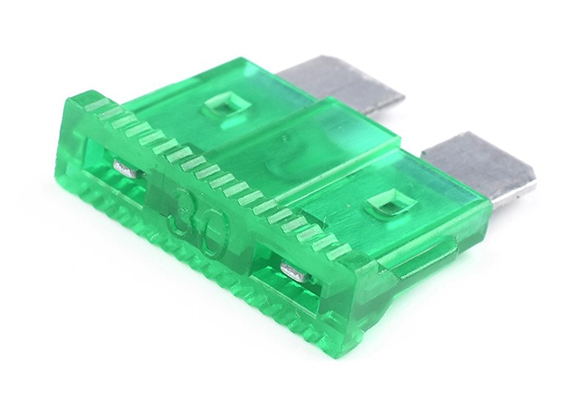An In-Depth Examination of Design Variations in Electric Vehicle Battery Systems Compared to Traditional Automotive Components for Optimal Performance
News 2025-10-20
The automotive sector is evolving rapidly with electric vehicles (EVs) gaining prominence over traditional internal combustion engine (ICE) cars. A key differentiator is the battery box in EVs, which securely houses the battery pack essential for propulsion. Unlike ICE vehicles that focus on engine and fuel systems, EV battery boxes prioritize energy storage and management. This comparison highlights how these design elements affect vehicle dynamics, safety, and efficiency in various applications, such as urban commuting and long-distance travel.

Structural and Material Innovations
EV battery boxes are constructed with advanced materials like aluminum and composite polymers to reduce weight and improve energy efficiency, contrasting with the steel-heavy designs in traditional cars that emphasize durability for engine components. Structurally, battery boxes are often integrated into the vehicle’s floor to lower the center of gravity, enhancing stability during cornering and braking. In ICE vehicles, the design accommodates bulky engines and exhaust systems, leading to higher placement of heavy components. This shift in EV design not only optimizes space for passenger comfort but also supports better crash protection through reinforced enclosures that isolate the battery from impacts.
Performance Benefits in Real-World Applications
Battery boxes in EVs contribute to superior performance by enabling instant torque delivery and regenerative braking, which recapture energy during deceleration—ideal for stop-and-go city driving. Traditional car designs, focused on mechanical efficiency, often result in higher energy losses due to friction and heat in the engine. In terms of application, EV battery systems excel in eco-friendly scenarios like fleet operations or daily commutes, offering extended range and reduced emissions. The efficient thermal management in battery boxes ensures consistent performance across temperature extremes, a advantage over ICE systems that require frequent maintenance for cooling and lubrication.
Common Questions and Answers
1. What is the main purpose of an EV battery box?
Answer: It protects the battery pack, manages thermal conditions, and integrates with the vehicle’s structure to ensure safe and efficient operation.
2. How do EV battery boxes improve vehicle handling?
Answer: By lowering the center of gravity through underfloor placement, they enhance stability and reduce the risk of rollovers compared to traditional designs.
3. What challenges arise in EV battery box design?
Answer: Key issues include balancing weight reduction with safety standards and addressing thermal runaway risks to maintain reliability in diverse driving conditions.


